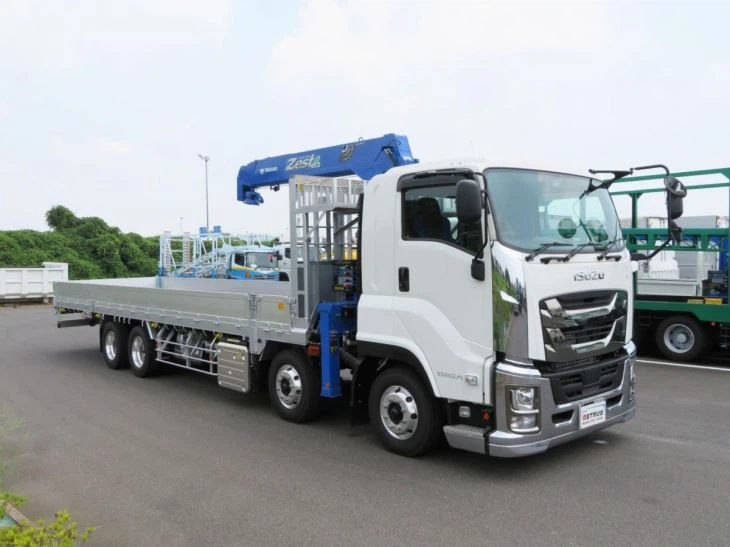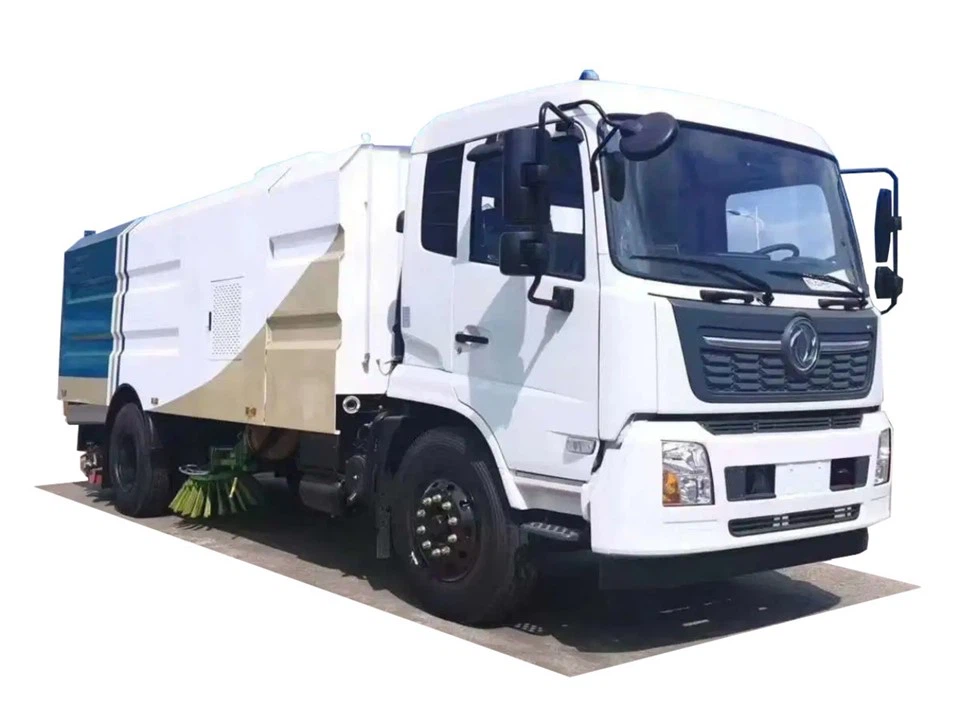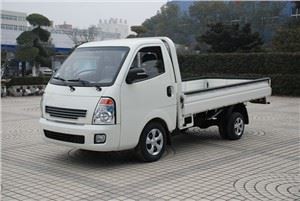Understanding the Capacity of a Fuel Tanker: A Comprehensive Guide

The capacity of a fuel tanker is a critical factor in the transportation and distribution of fuel across various regions. Fuel tankers are designed to safely and efficiently transport various types of fuels, including gasoline, diesel, and jet fuel. In this article, we will explore the various aspects of fuel tanker capacity, including the different types of fuel tankers, their specifications, and practical considerations for logistics and safety. By the end of this guide, you will have a comprehensive understanding of fuel tanker capacities and their significance in the transportation industry.

What is a Fuel Tanker?
A fuel tanker is a vehicle specifically designed to transport liquids, primarily fuels such as gasoline, diesel, and other petroleum products. These vehicles come in various shapes and sizes, ranging from small tank trucks to large ocean-going tankers. The design and capacity of the tanker will heavily influence its operational efficiency and safety during transport.
The Importance of Capacity
The capacity of a fuel tanker plays a significant role in its operation. It determines how much fuel can be transported in one trip, which in turn affects logistics, cost-efficiency, and delivery time. Understanding the capacity helps companies manage their supply chain effectively and ensures that fuel reaches consumers without delays.

Types of Fuel Tankers
1. Road Tankers
Road tankers are primarily used for transporting fuel over shorter distances. They are truck-mounted tanks that can carry anywhere from 1,000 to 11,000 gallons of fuel. The capacity varies based on the vehicle’s axle configuration and local regulations.
2. Rail Tankers
Rail tankers are essential for transporting fuel over longer distances by train. These tankers can hold significantly more fuel than road tankers, with capacities often exceeding 30,000 gallons. They are designed to withstand the rigors of rail transport and have features for safety during transit.
3. Marine Tankers
Marine tankers are the largest type of fuel tankers, specially designed for ocean transport. They can carry millions of gallons of fuel and are crucial for international fuel distribution. Marine tankers come with different classifications, including VLCC (Very Large Crude Carrier) and Suezmax tankers, depending on their size and capacity.
Marine Tanker Capacities Overview
| Type of Tanker | Capacity (Gallons) |
|---|---|
| VLCC | up to 2 million |
| Suezmax | up to 1 million |
| Aframax | up to 750,000 |
Factors Influencing Fuel Tanker Capacity
1. Regulations
Government regulations significantly impact how much fuel a tanker can carry. Different countries have varying legal requirements for maximum capacities, especially concerning safety and environmental protection standards.
2. Tanker Design
The design of the tanker itself affects its capacity. Tankers are constructed with specific dimensions to optimize load distribution and improve stability while in transit.
3. Type of Fuel
Different fuels have different densities, which can also affect the capacity of a tanker. For instance, diesel has a higher density compared to gasoline, meaning a tanker can hold less diesel by volume compared to gasoline.
Calculating the Capacity of a Fuel Tanker
Capacity can be calculated based on the dimensions of the tank. For cylindrical tanks, the formula to calculate volume is:
Volume = π × (Radius^2) × Height
Once you calculate the volume in cubic feet, you can convert it into gallons (1 cubic foot = 7.48 gallons).
Example Calculation
// Example of capacity calculation
For a tanker with a radius of 4 feet and a height of 10 feet:

Volume = π × (4^2) × 10 = 502.65 cubic feet
Converting to gallons: 502.65 × 7.48 = 3,747.60 gallons
Practical Considerations for Fuel Tanker Operations
1. Loading and Unloading Procedures
Proper procedures must be followed to ensure safe loading and unloading of fuel tankers. These include using safety gear, following guidelines for spill prevention, and employing trained personnel for the operations.
2. Maintenance and Inspection
Regular maintenance and inspections are crucial to ensure that fuel tankers operate safely. This involves checking for leaks, ensuring that safety equipment is functional, and keeping the tanker clean and free from contaminants.
3. Safety Protocols
Every operation involving fuel tankers should incorporate strict safety protocols to mitigate risks such as spills, explosions, and environmental hazards. Training for staff and emergency response plans are essential components of these protocols.
Environmental Considerations
1. Spill Prevention
Spills can have devastating environmental consequences. Tankers should be equipped with double hulls and other safety features to minimize spill risks. Regular audits and proper training can also play a role in spill prevention.
2. Emission Regulations
Fuel tankers must comply with emission standards set by local and international bodies. Use of cleaner fuels and technologies can help reduce the environmental impact of tanker operations.
FAQs
1. What is the average capacity of a fuel tanker?
The average capacity of fuel tankers varies widely, with road tankers typically holding 5,000 to 11,000 gallons, rail tankers up to 30,000 gallons, and marine tankers up to 2 million gallons.
2. How can I determine the capacity of my tanker?
You can determine the capacity by measuring the dimensions of the tank and applying the volume formula. Conversion to gallons might also be necessary.
3. Are there special regulations for transporting fuel?
Yes, specific regulations govern the transportation of fuels. These regulations vary by country and are focused on safety, environmental standards, and operational procedures.
4. What safety measures should be in place during fuel transportation?
Safety measures include regular maintenance checks, proper loading and unloading procedures, spill prevention protocols, and adequate training for personnel.
5. Can the capacity of a tanker be modified?
While it is possible to modify a tanker’s capacity, such changes must comply with regulatory standards and safety norms and typically require professional engineering assessments.
6. What types of fuel can be transported in tankers?
Fuel tankers can transport a variety of fuels, including gasoline, diesel, jet fuel, and other petroleum products. Some are also designed to transport chemicals and liquid gases.
